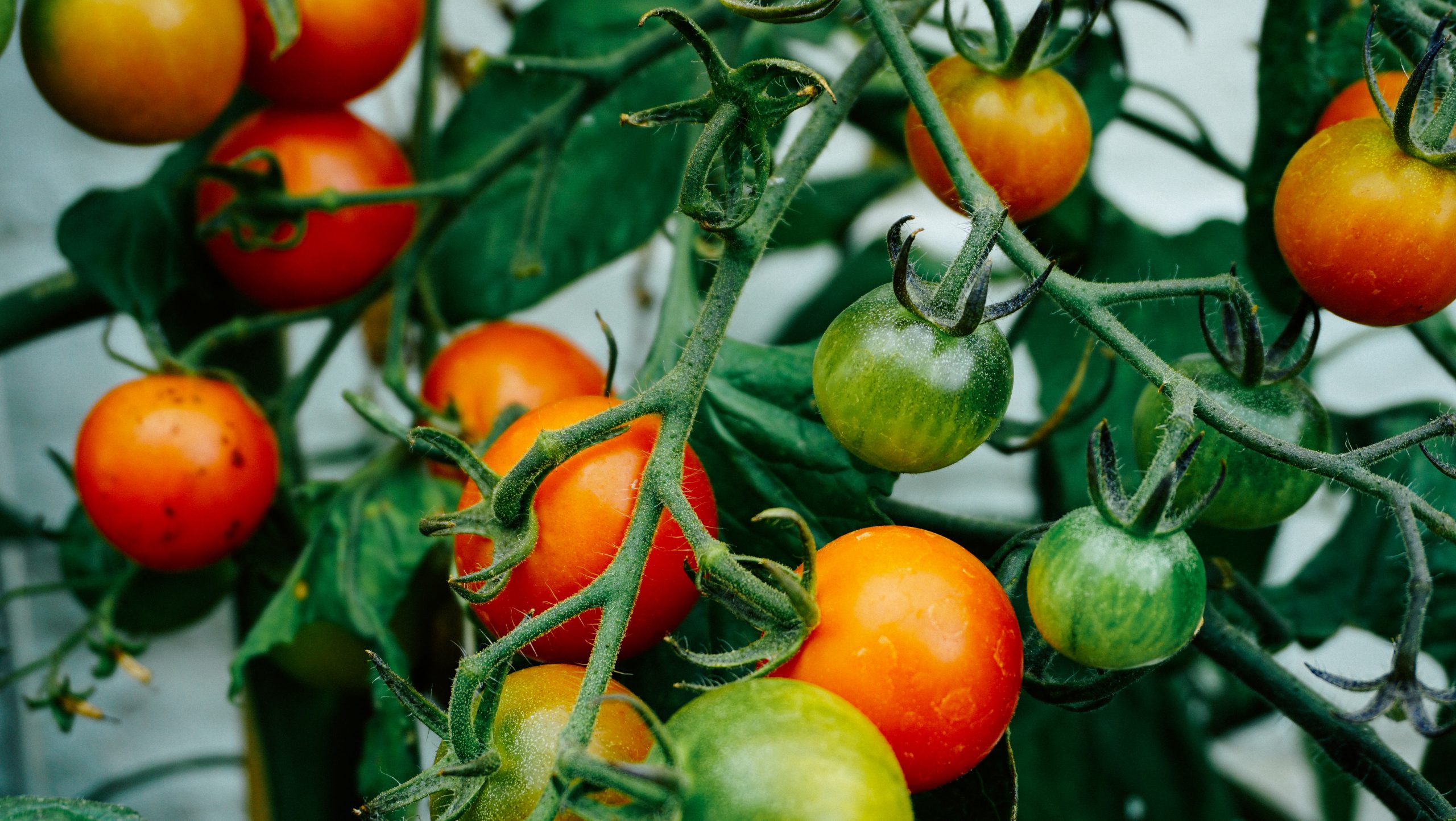A best before date is different to a use by date, and misunderstanding them could cause you to throw away perfectly good food.
As well as wasting money, throwing away food wastes the energy that was used growing, packing and transporting that food to you, and could cause methane to be emitted from landfill as the food decomposes anaerobically. It’s a big problem – WRAP, the waste action organisation, estimates that waste in the UK food supply chain causes 36 million tonnes of greenhouse gas emissions every year[1].
So what’s the difference between a use by date and a best before date?
- In the UK, use by dates indicate the likely date by which the food will probably go bad
- Best before dates simply mean the food might not taste quite as good after that date, but it should still be safe to eat
If the packaging is undamaged and the food was processed safely to begin with, dry goods and tins can last months, or even years, past their best before dates.
However, use common sense. If your food looks, smells or tastes wrong, or if the container is swollen, damaged or leaking, don’t eat it.
Tips for using food past its best before date
We often eat vegan yoghurt, vegan cheese and vegetables that have gone past their best before dates, and our non-vegans regularly eat eggs, milk, cheese and yoghurt that are past their best before dates too.
But you still have to use your eyes, nose and common sense to judge whether your food is OK or not. Here are some tips for when food is probably safe, and when you shouldn’t risk it.
- Just so we are very clear, you should not eat food that is past its use by date
- Hard cheese, like cheddar, will probably last weeks longer than the best before date suggests; being left for long periods of time is part of the cheese-making process.
It will last even longer if wrapped tightly in a beeswax wrap, because a beeswax wrap will keep the air away better than the original plastic packaging will.
Even if your cheddar cheese has gone hard or mouldy on the edges, the middle is probably still fine.
If you see white dots on the surface of dairy cheese, it’s probably not mould, but calcium lactate crystals – a sign that the cheese is flavourful and well-aged - Yoghurt and vegan yoghurt will probably last days past their best before dates. I’ve eaten it many times, but your constitution might be different. Don’t take chances if you are very young, old, pregnant or immunocompromised
- Eggs last weeks longer than the best before date indicates. If you’re not sure about an egg, don’t throw it away; break it into an empty cup. If it’s gone bad, you’ll know immediately by the smell!
- You shouldn’t eat food with an open texture (like bread and cake) if you can see mould on it. But if the food has a solid texture, like cheese, apples or carrots, you can cut out the bad bits and carry on
- Potatoes and carrots last for weeks in the fridge or another cool dark place. Cut any green bits, sprouting bits or “eyes” off, and the rest should be fine
- If you’re not going to finish a loaf of bread before it goes stale, slice it and freeze it in a bag together with a paper towel. You can take out one slice at a time and toast it, or defrost it all at once – the paper towel will absorb any moisture so the bread doesn’t go soggy.
Alternatively, grate it or blitz it into breadcrumbs and use it as a topping for a pasta bake, to bulk out homemade burgers, for stuffing, or as a crunchy coating for nuggets - Some supermarkets have stopped putting best before dates on fruit and vegetables, so buyers aren’t discouraged from buying food that’s still good. That’s great, but unless you’re very good at organising, you can still use them in the wrong order at home, so the oldest ones go off anyway!
You can avoid this problem by writing the purchase date on the packaging with a Sharpie, so you use the oldest food first - Tomatoes that are a bit wrinkly – but not yet mouldy – can be frozen, then roasted later on
- Take great care with homemade items, like jams, preserves or pickles, which could have been made under non-sterile conditions and contain the botulism toxin. You can’t see, smell, or taste this toxin, which can be deadly even in small amounts. Do not take chances with home-made jams, preserves or pickles; refrigerate them and use them up quickly
Important:
Always use your own judgment. If food looks, smells or tastes wrong to you, or if the packaging is swollen, damaged or leaking, don’t eat it. In fact, if you are in any doubt at all, it’s best not to eat it. Definitely don’t take chances if you’re serving food to someone who is very young, very old, pregnant or has a compromised immune system.
Reference:
[1]Household waste prevention hub: Waste prevention activities – food waste data (2021) WRAP. WRAP. Available at: https://wrap.org.uk/resources/guide/waste-prevention-activities/food-love-waste-data (Accessed: March 23, 2023).
Image credit: photo by Natalie Rhea on Unsplash
